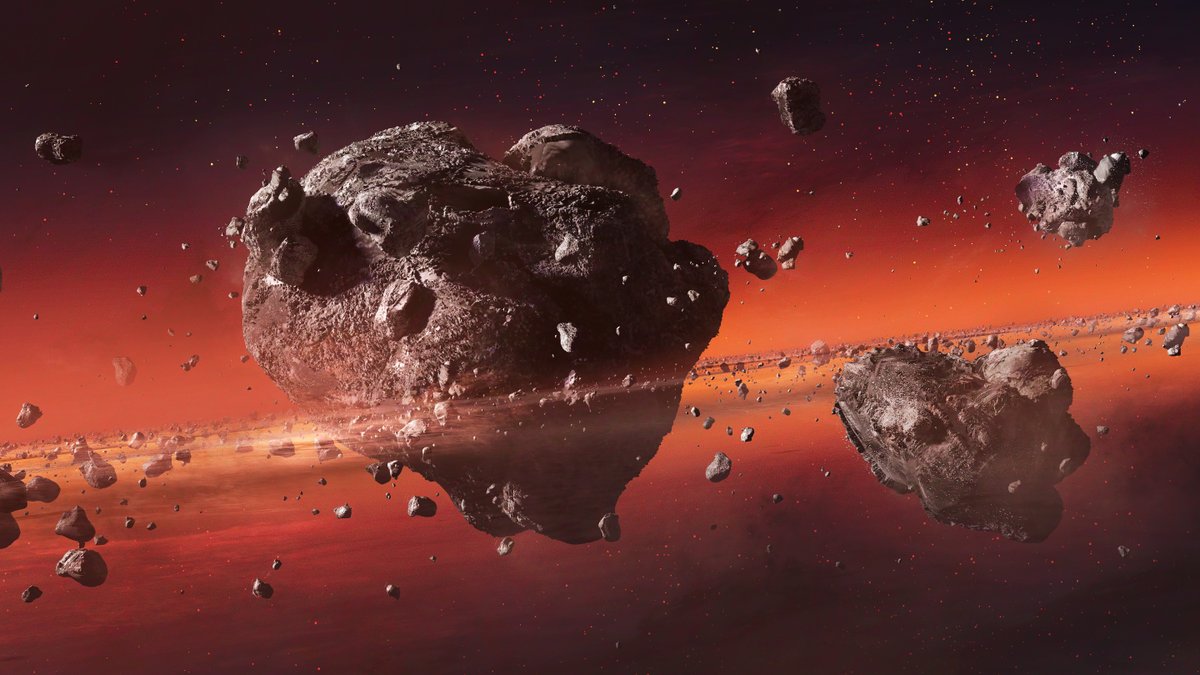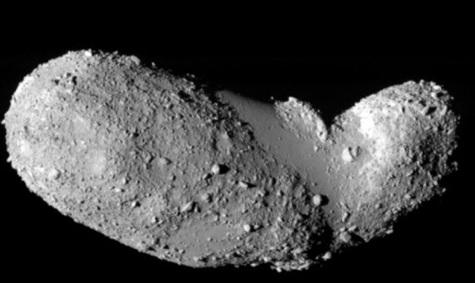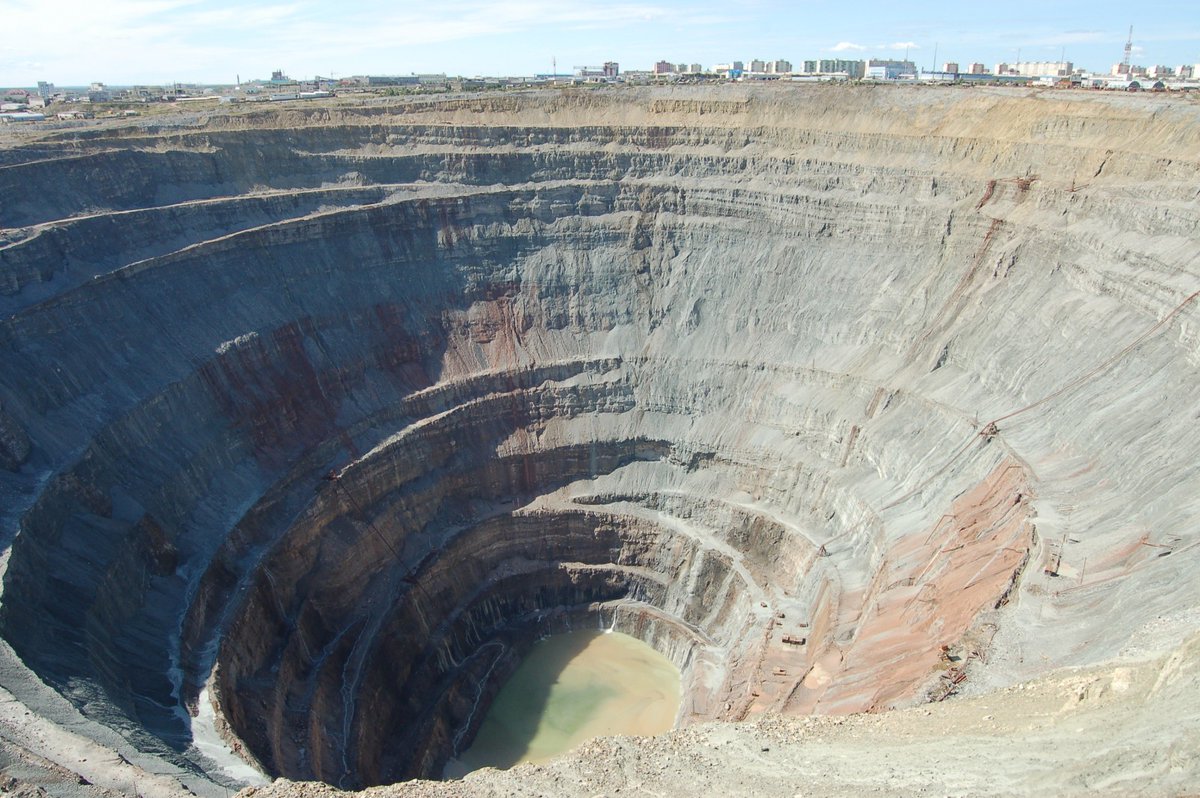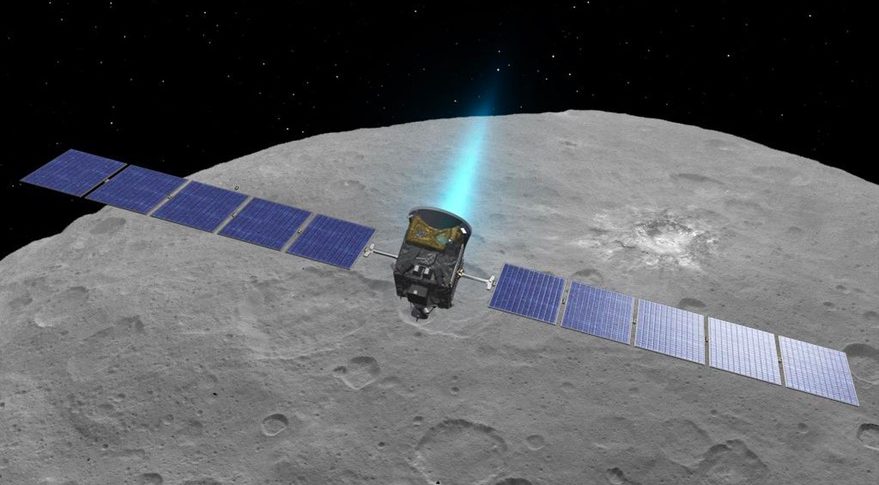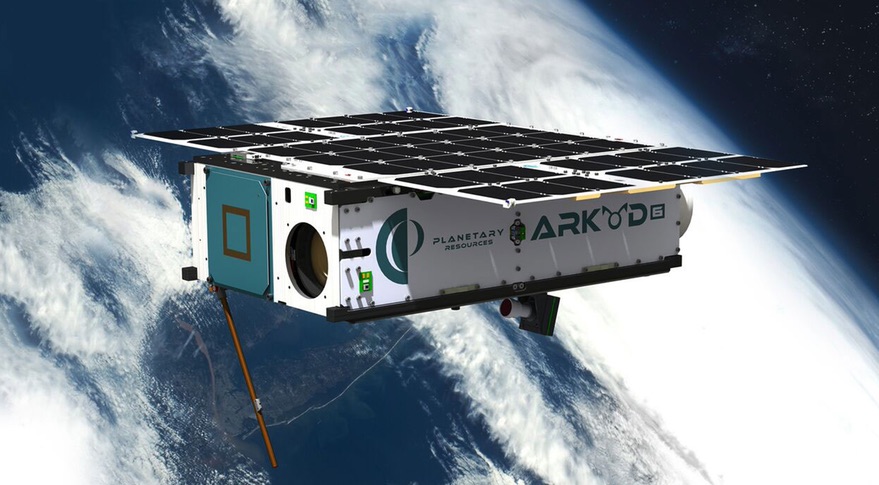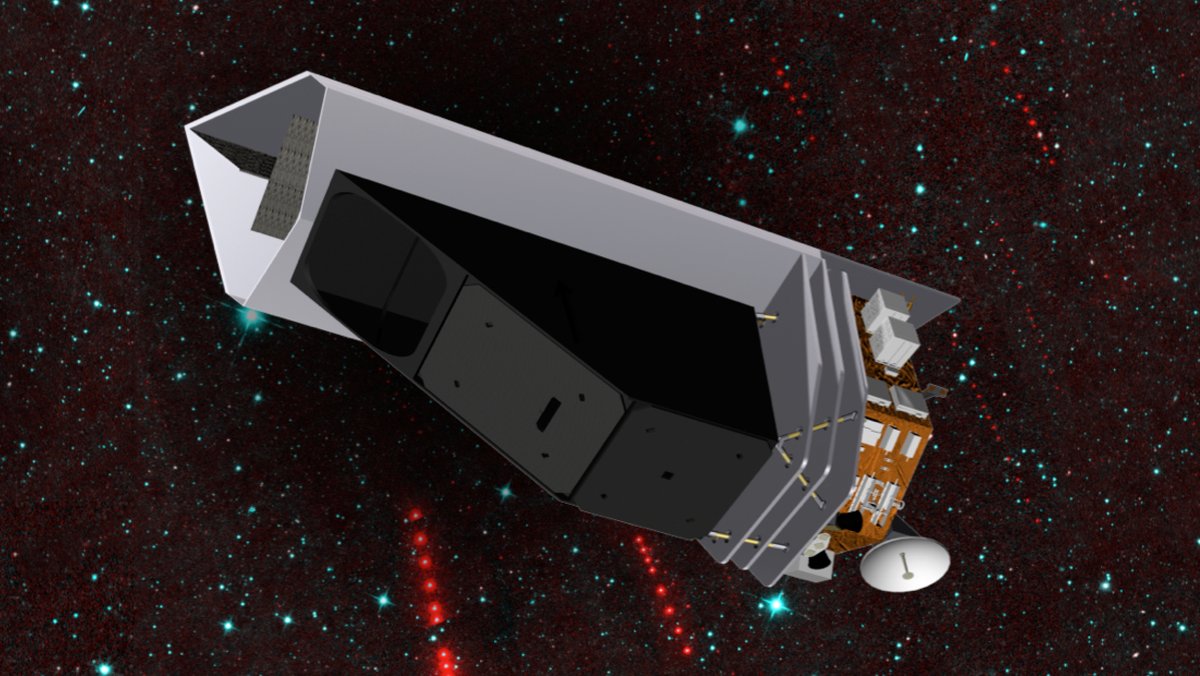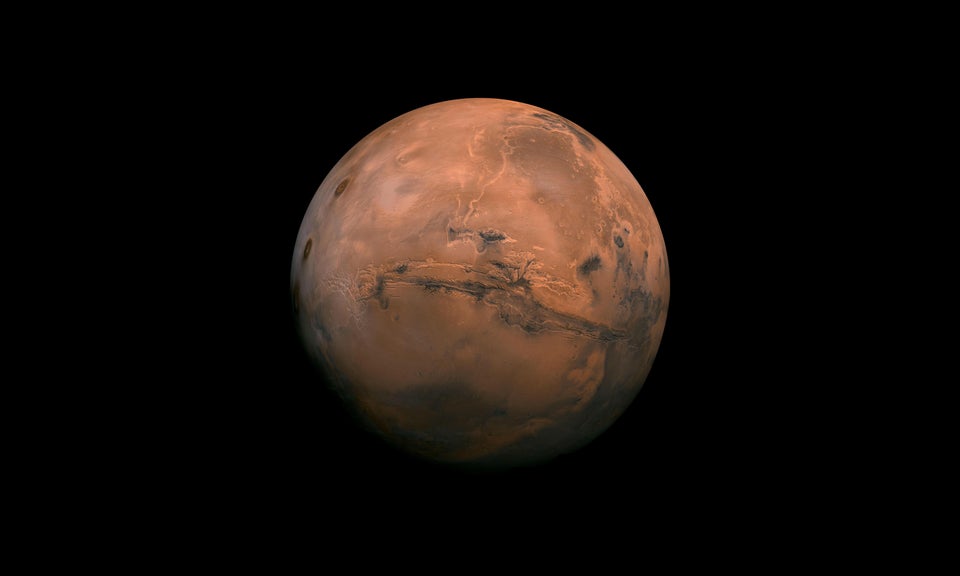Asteroid Mining! It& #39;s a solution to the problem of gaining excess materials that we can& #39;t find much of here on Earth and may prove to be a really valuable industry in the future. Today I am going to talk about what exactly asteroid mining is and how it works. (1/24) #scicomm
Pioneered in 1903 by Konstantin Tsiolkovsky, the father of rocket science, asteroid mining is the extraction of resources from asteroids in our solar system. We utilize these materials by bringing them back to use here on Earth, or use them for in-space manufacturing... (2/24)
...projects, like O& #39;Neill Cylinders for example. The importance of this stems from the fact that over time, resources here on Earth will become scarce, and mining can help make them more available, and also introduce more uncommon ones, such as gold and platinum. (3/24)
It is also thought that asteroid mining can be a valuable source of information regarding our early universe since many asteroids are still in similar conditions to what they were during planetary formation. They& #39;re more accessible than the ones here on Earth because... (4/24)
...all these early metals were pushed into Earth& #39;s core early during its formation, and most of the ones we have today come from asteroid impacts during planetary formation.
Before we start, we must discuss the different classifications of asteroids used by researchers. (5/24)
Before we start, we must discuss the different classifications of asteroids used by researchers. (5/24)
First, C-type asteroids. Otherwise known as chondrite or carbonaceous asteroids, these are the most common type found in our solar system. They are darkish gray in color and mainly contain clay and silicates, along with lots of water, up to 22%. Why is this? (6/24)
These asteroids are the most ancient of our solar system and are farthest away from the Sun. This also means that there is not much heat affecting their composition, so they still contain lots of water in them, a valuable resource when it comes to asteroid mining. (7/24)
Next, we have S-type asteroids, otherwise known as stony or siliceous asteroids. They are mainly found in the inner asteroid belt and are relatively bright in color. They are looked at most because they contain in small amounts precious metals, including gold and platinum. (8/24)
Lastly, we have M-type asteroids, otherwise known as metallic asteroids. Found in the middle of the asteroid belt, they are bright in color and also mostly compose of nickel-iron, valuable metallic resources, though some of their compositions are unknown. (9/24)
The way we are retrieving the materials from these asteroids has a huge impact on how we will go about asteroid mining, location and fuel spent being big factors. If we don& #39;t capture an asteroid and bring it to Earth& #39;s orbit, we have to be careful on making sure that... (10/24)
...we choose an asteroid location to go to that will be cost-effective, meaning that the profit gained from materials in the asteroid outweighs the general costs of getting there. Though, this might not be a problem if we have nearby asteroids to mine. Back in 2013,... (11/24)
...researchers found a group of nearby asteroids that can be utilized during early mining stages. They could actually be captured using existing technology and can serve as practice for bigger solar system modification projects.
Now, onto how we actually mine asteroids. (12/24)
Now, onto how we actually mine asteroids. (12/24)
As of now, there aren& #39;t many clearly developed strategies on how we would extract materials from asteroids, but there are of course theories and ideas. Something to note is that in order to save time and money, it makes sense to do the extraction in situ instead of... (13/24)
...capturing the asteroid and bringing it back to Earth. This will involve bringing mining equipment along with a mining mission, so it will favorably have to be lightweight. It would be solar powered so it has a continuous energy source, and preferably be automated. (14/24)
Since asteroids basically have zero gravity, the mining system would have to somehow latch onto an asteroid so that the force it produces doesn& #39;t completely knock it away.
Now onto methods of mining. One method is strip mining, which is similar to what we do here on... (15/24)
Now onto methods of mining. One method is strip mining, which is similar to what we do here on... (15/24)
...Earth, and consists of just scraping material off of the asteroid. Another method consists of using heat to extract fluid materials like water, and another using hot fluid for materials to chemically react with. Other ideas include even using metal rigs or optics. (16/24)
Now let& #39;s talk about economics, a big factor in asteroid mining. It is thought that this industry could introduce a huge boost to our economy, but many others think that it is not likely for the industry to be a long term cost-effective solution companies can rely on. (17/24)
One of the key things to happen in order to make it a reality is the decreased cost of spaceflight. Right now, the cost of an asteroid mining mission can outweigh the profit made, and also bringing back the materials can be proven to be super expensive. For example,... (18/24)
...the cost of the Dawn space probe mission which was set to visit the asteroid belt, Ceres, and Vesta cost about $450 million. The costs of these missions are just too high right now for asteroid mining to be truly profitable. Next, let& #39;s talk about the effect of time. (19/24)
There was one study that discussed how the payback period for a platinum asteroid mining mission may prove to be too long to have any real profit be made. Also, as some rare metals become more abundant due to asteroid mining, their value can be lowered over time. (20/24)
A study that did a techno-economic analysis stated that in order to make asteroid mining viable, we need to utilize mass-produced smaller spacecraft. They also stated that introducing huge amounts of platinum into the economy could work only under unlikely conditions. (21/24)
Are there any asteroid mining companies that exist? Actually, yes. Planetary Resources was founded in 2012 by billionaire entrepreneurs Peter Diamandis and Eric Anderson. They have successfully launched two test satellites, but their projects are on hold due to funding. (22/24)
Not a company, but NASA is working on its NEOCam mission, which has the main goal of detecting hazardous asteroids but will also utilize its infrared camera to look for C-type carbonaceous asteroids, which can be useful in the future when choosing asteroids to mine from. (23/24)

 Read on Twitter
Read on Twitter
